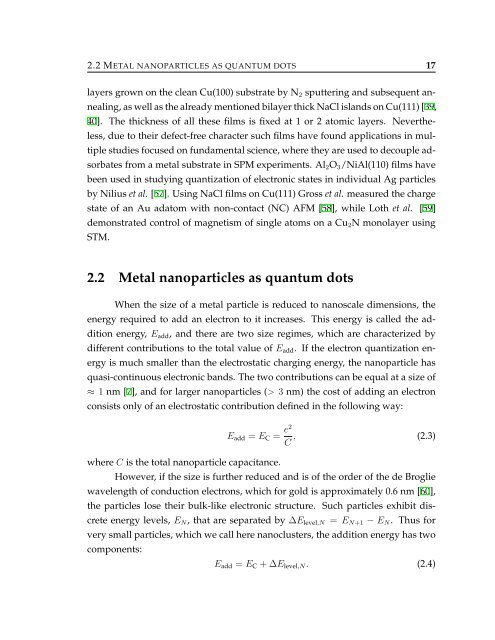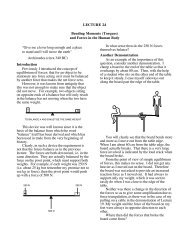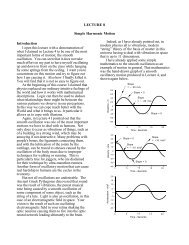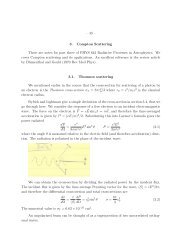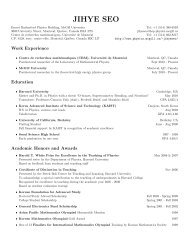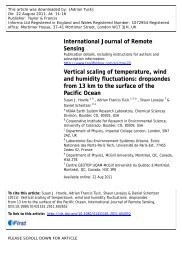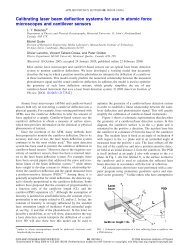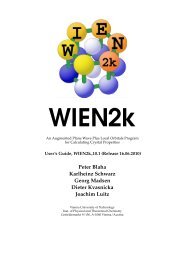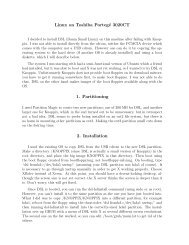Atomically defined tips in scanning probe microscopy - McGill Physics
Atomically defined tips in scanning probe microscopy - McGill Physics
Atomically defined tips in scanning probe microscopy - McGill Physics
Create successful ePaper yourself
Turn your PDF publications into a flip-book with our unique Google optimized e-Paper software.
2.2 METAL NANOPARTICLES AS QUANTUM DOTS 17layers grown on the clean Cu(100) substrate by N 2 sputter<strong>in</strong>g and subsequent anneal<strong>in</strong>g,as well as the already mentioned bilayer thick NaCl islands on Cu(111) [39,40]. The thickness of all these films is fixed at 1 or 2 atomic layers. Nevertheless,due to their defect-free character such films have found applications <strong>in</strong> multiplestudies focused on fundamental science, where they are used to decouple adsorbatesfrom a metal substrate <strong>in</strong> SPM experiments. Al 2 O 3 /NiAl(110) films havebeen used <strong>in</strong> study<strong>in</strong>g quantization of electronic states <strong>in</strong> <strong>in</strong>dividual Ag particlesby Nilius et al. [57]. Us<strong>in</strong>g NaCl films on Cu(111) Gross et al. measured the chargestate of an Au adatom with non-contact (NC) AFM [58], while Loth et al. [59]demonstrated control of magnetism of s<strong>in</strong>gle atoms on a Cu 2 N monolayer us<strong>in</strong>gSTM.2.2 Metal nanoparticles as quantum dotsWhen the size of a metal particle is reduced to nanoscale dimensions, theenergy required to add an electron to it <strong>in</strong>creases. This energy is called the additionenergy, E add , and there are two size regimes, which are characterized bydifferent contributions to the total value of E add . If the electron quantization energyis much smaller than the electrostatic charg<strong>in</strong>g energy, the nanoparticle hasquasi-cont<strong>in</strong>uous electronic bands. The two contributions can be equal at a size of≈ 1 nm [7], and for larger nanoparticles (> 3 nm) the cost of add<strong>in</strong>g an electronconsists only of an electrostatic contribution <strong>def<strong>in</strong>ed</strong> <strong>in</strong> the follow<strong>in</strong>g way:where C is the total nanoparticle capacitance.E add = E C = e2C , (2.3)However, if the size is further reduced and is of the order of the de Brogliewavelength of conduction electrons, which for gold is approximately 0.6 nm [60],the particles lose their bulk-like electronic structure. Such particles exhibit discreteenergy levels, E N , that are separated by ∆E level,N = E N+1 − E N . Thus forvery small particles, which we call here nanoclusters, the addition energy has twocomponents:E add = E C + ∆E level,N . (2.4)


